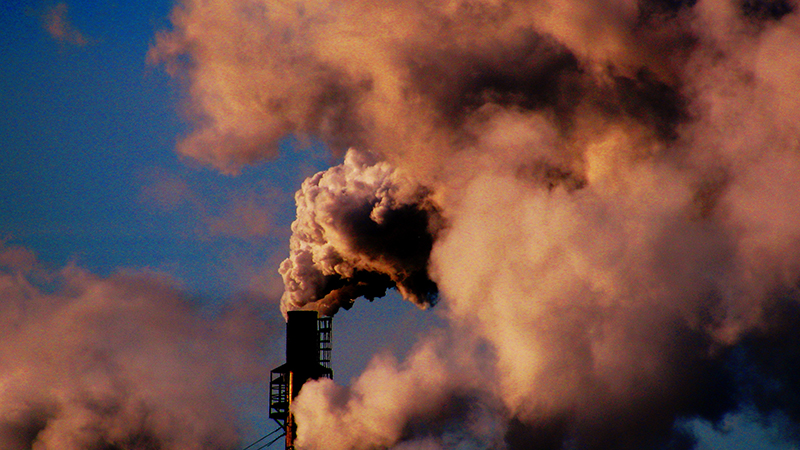China’s energy efficiency levels are on the up, according to the National Bureau of Statistics.
The amount of energy used to produce a unit of gross domestic product (GDP) dropped 5% in 2016, the state-run Xinhua news agency reports.
The share of low carbon power in the energy mix rose from 17.9% to 19.5%, said NBS, which counts natural gas and large hydro as “clean energy”.
The world’s top carbon polluter still sources over 64% of its power from coal – the world’s most carbon intensive fuel – but intends to cut this to 55% by 2020.
The government plans to invest $361 billion in clean energy by 2020, as China aims to supply 20% of power from non-fossil sources by 2030.
Still, analysts have previously cast doubt over the accuracy of China’s energy statistics, which are gleaned from hundreds of organisations that use differing methodologies.
“There’s a lot more transparency on emissions than before, but the side that is more sketchy is calculations for economic growth, and that’s worth scrutinising,” cautions Sam Geall, executive editor of ChinaDialogue.
